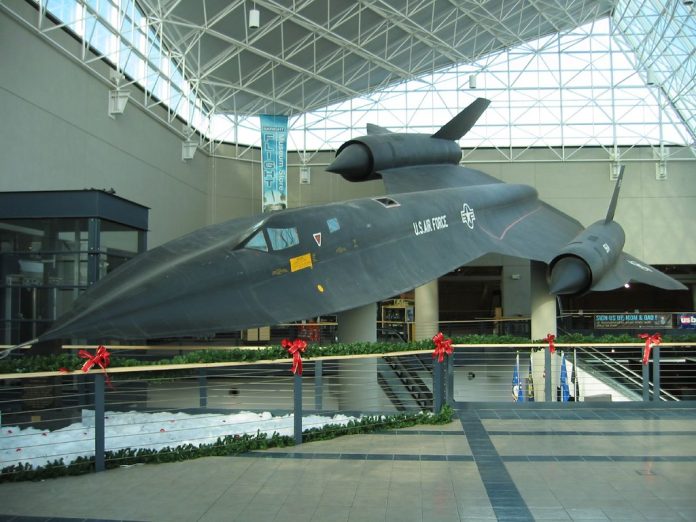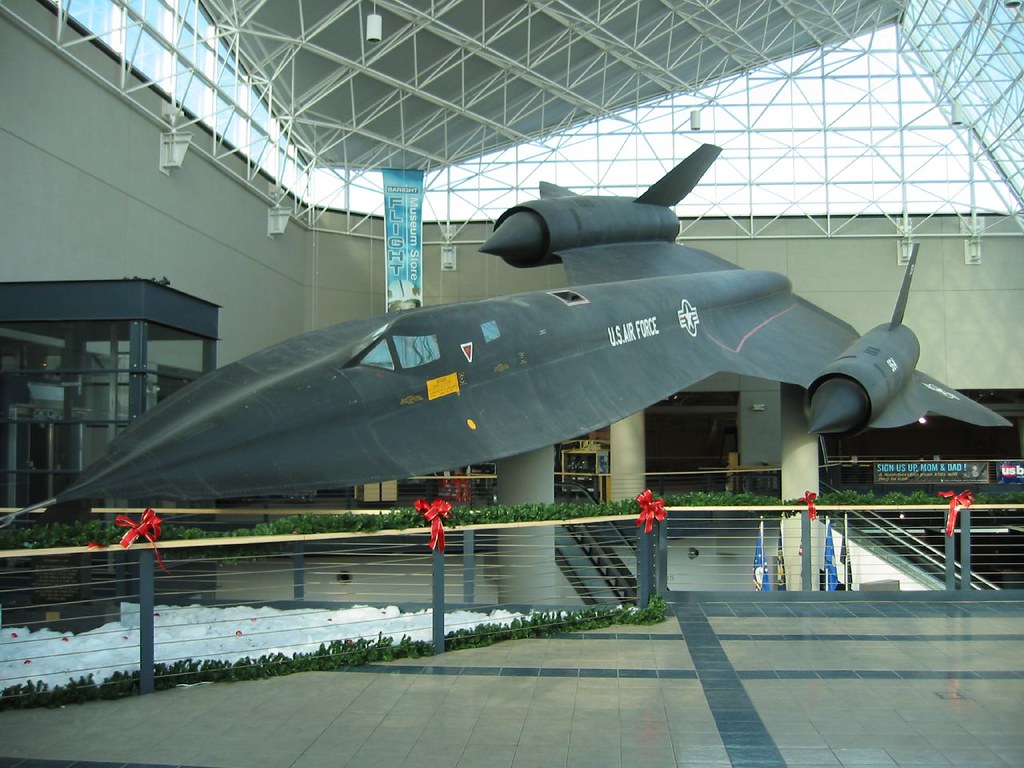
One could easily mistake the SR-71 Blackbird for a creature of pure speed. Known for its incredible velocity and high-altitude reconnaissance prowess, the Blackbird—developed by Lockheed Corporation during the height of the Cold War—remains a symbol of American engineering triumph.
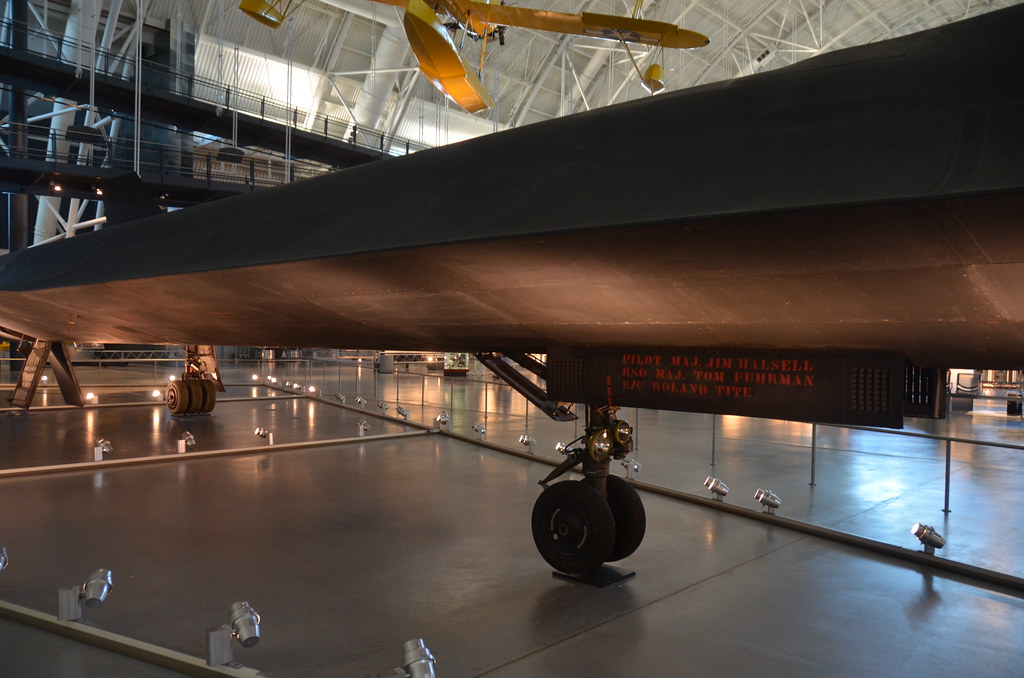
A testament to its legacy, stories of the aircraft’s capabilities continue to be a source of intrigue and inspiration for military tech and aviation enthusiasts.
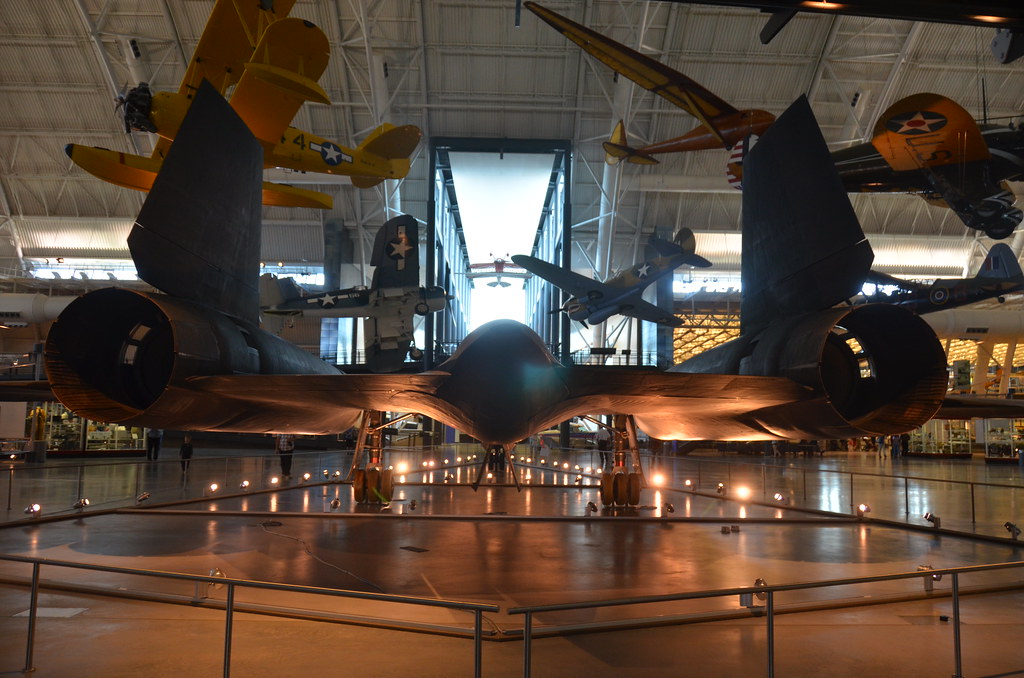
Maj. Brian Shul, a U.S. Air Force pilot with a storied history including 212 combat missions and surviving being shot down during the Vietnam War, had a particularly enthralling tale of the Blackbird that defies its standard narrative.
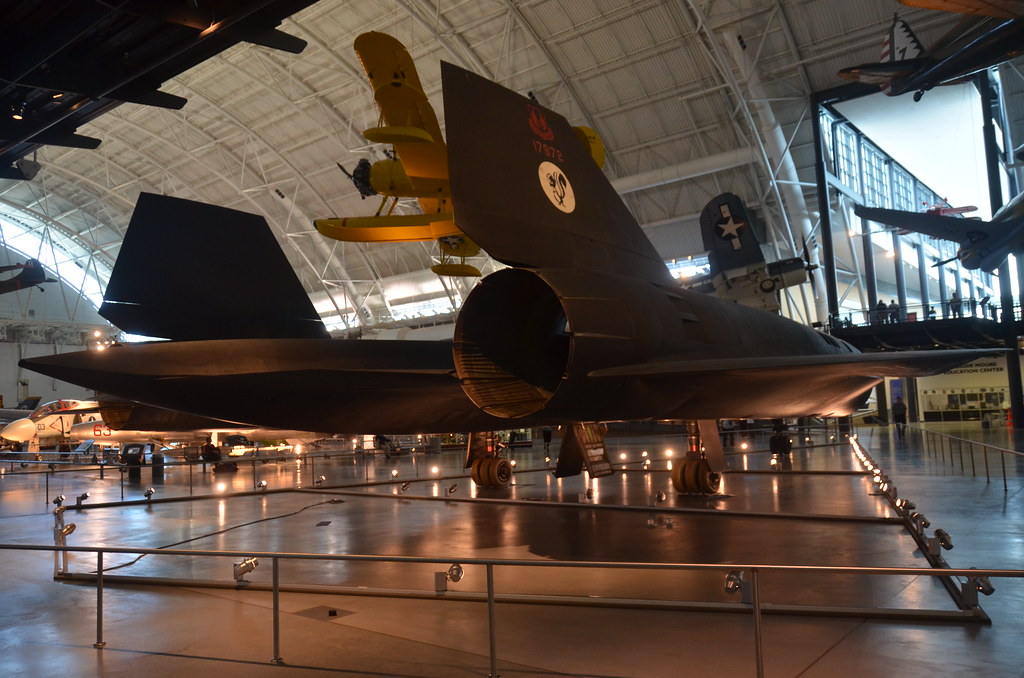
Instead of emphasizing its top speed capabilities, Shul recounts an event that showcased the aircraft’s less-discussed ability to handle the unfriendly skies of slow and low flight.

This story, reported by Shul himself, takes place not in the vastness of hostile territory, but over the English countryside—an unexpected setting for a high-tech reconnaissance aircraft.

Returning from a mission over Europe, Shul and his co-pilot Walt Watson received a request for a fly-past to inspire air cadets at a small Royal Air Force (RAF) base in England. Despite the SR-71’s design for high-speed and high-altitude flight, they accepted the challenge.
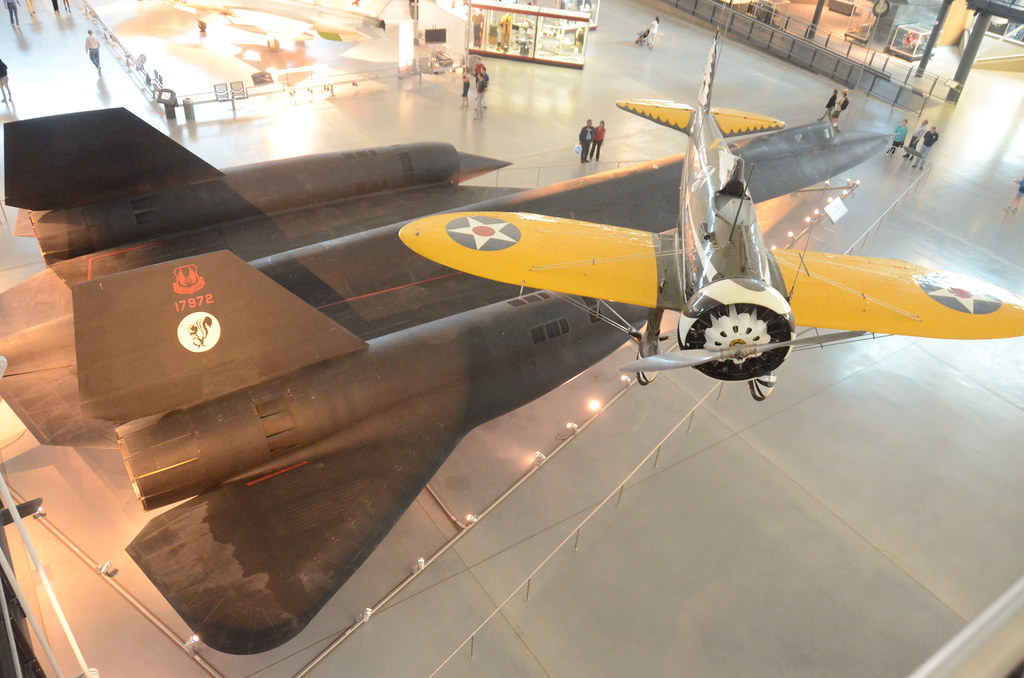
After a quick refueling over the North Sea, the pilots attempted to locate the airfield, a remnant of WWII with minimal infrastructure. Surrounded by dense fog, the Blackbird descended to subsonic speeds—much slower than its usual pace.
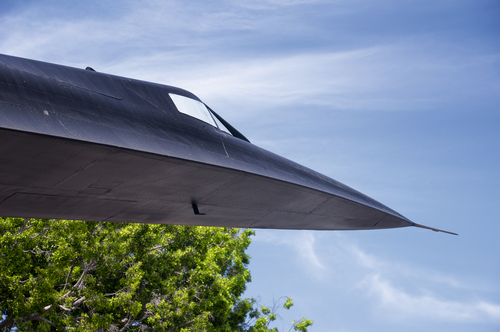
Navigating through haze, Shul and Watson struggled to spot the small field until their airspeed indicator fell worryingly below 160 knots—far below the aircraft’s comfortable operating speed. “Just at the moment that both afterburners lit with a thunderous roar of flame… the aircraft fell into full view of the shocked observers on the tower,” Shul described.
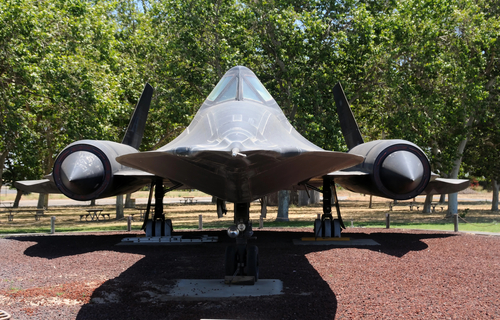
The sudden appearance of the jet, with its afterburners flaring, provided a startling spectacle for the cadets, who had no warning of the approaching behemoth.
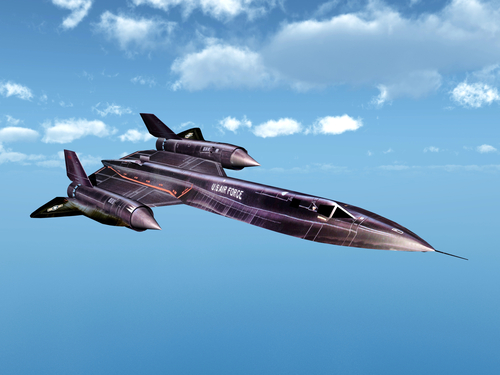
This unexpected maneuver, though successful, was not without its risks. The SR-71 was never designed for such stunts. It was a moment of unease mixed with exhilaration that both Shul and Watson decided never to replicate.
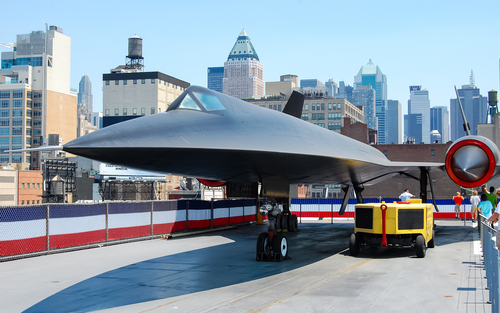
Despite the initial trepidation, the commander of the base lauded their fly-past as the most extraordinary he had ever seen, noting the “breathtaking” and “unbelievable” presence of the Blackbird as it thundered past.
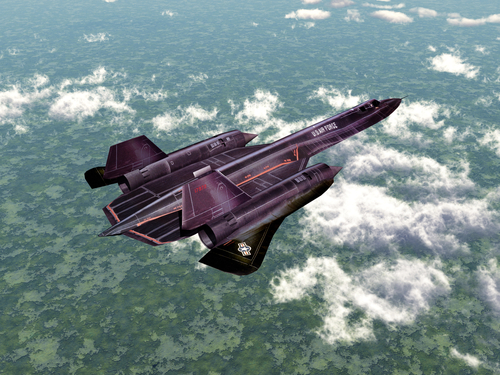
The SR-71’s achievements in horizontal flight altitude and non-rocket-powered speed are unmatched even by today’s standards. Its advanced cameras and sensors allowed it to operate with impunity across hostile territories.
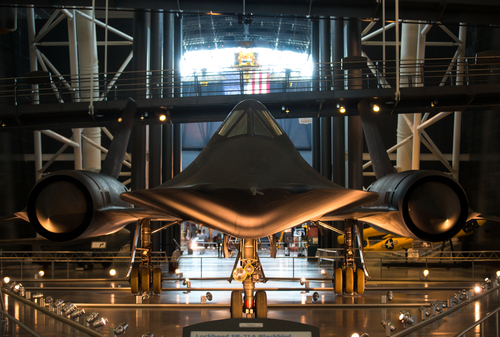
Its speed was such that, on a separate occasion, an air traffic controller confirmed to an inquiring Shul that he was flying at 1,842 knots across the ground—only to be topped by Shul’s correction of “closer to nineteen hundred on the money.”
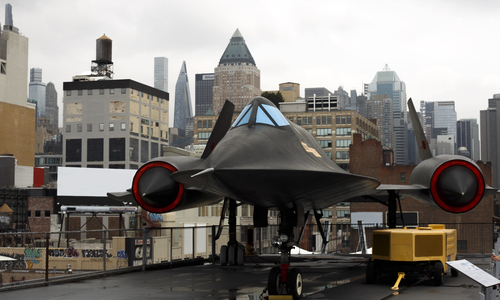
While such high-speed encounters typically define the SR-71’s legend, it’s the slower, quieter, and more perilous moments like the fly-past over the RAF base that add a different dimension to its tale—a testament to the skill and daring of its pilots.
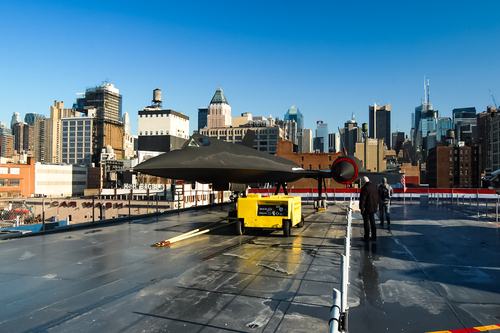
For enthusiasts of military technology, this story adds a layer to the Blackbird’s mythos, underscoring the unpredictable nature of aviation and the boldness required to tame such a powerful beast.
Relevant articles:
– Everyone Knows The SR-71 Blackbird Is Fast, But How Slow Can It Fly?, SlashGear
– SR-71 Blackbird – The Slowest Flyby, thesr71blackbird.com
– Supersonic Speed Check – Tales from the SR-71 Blackbird, CADENAS PARTsolutions
